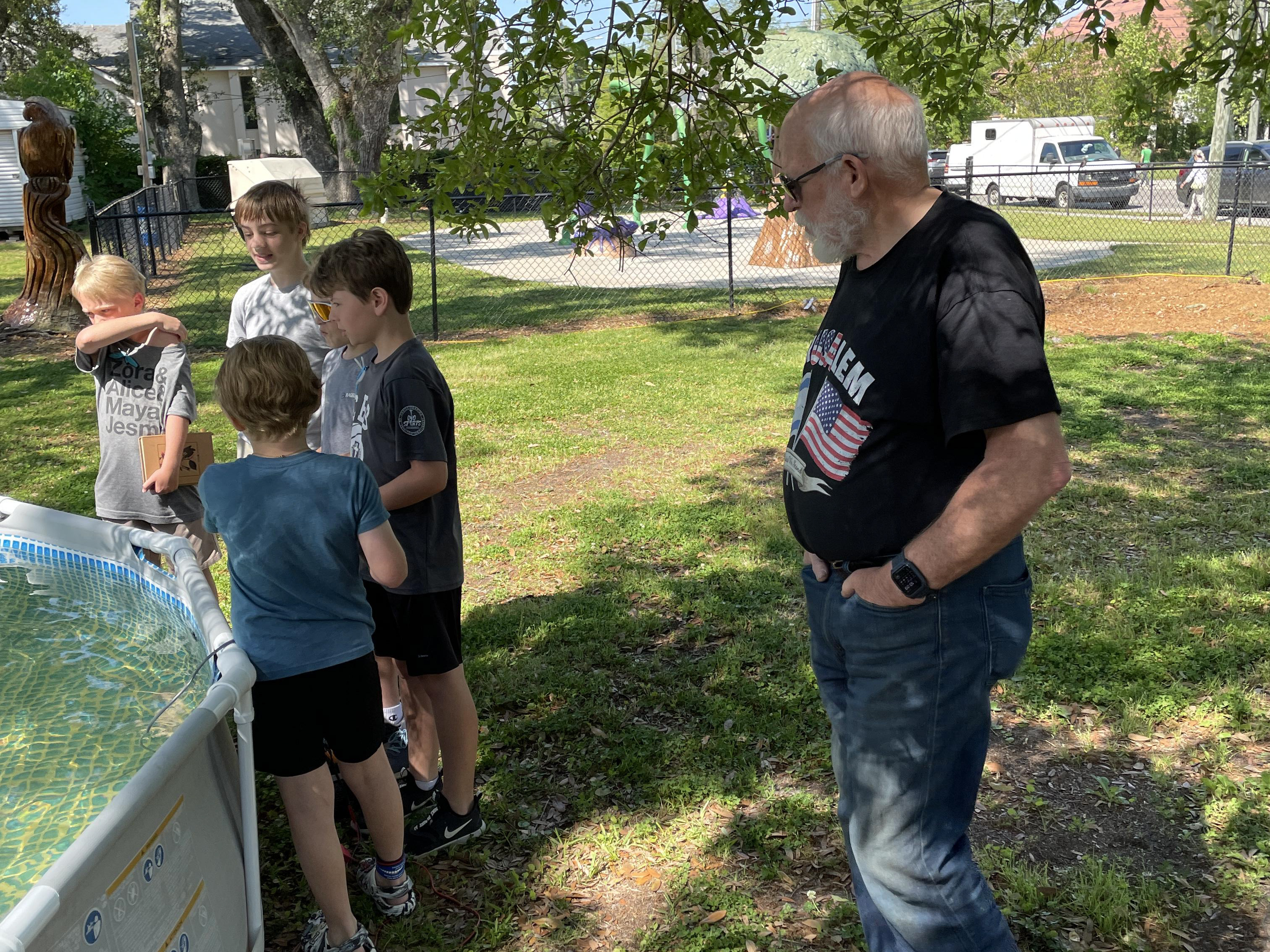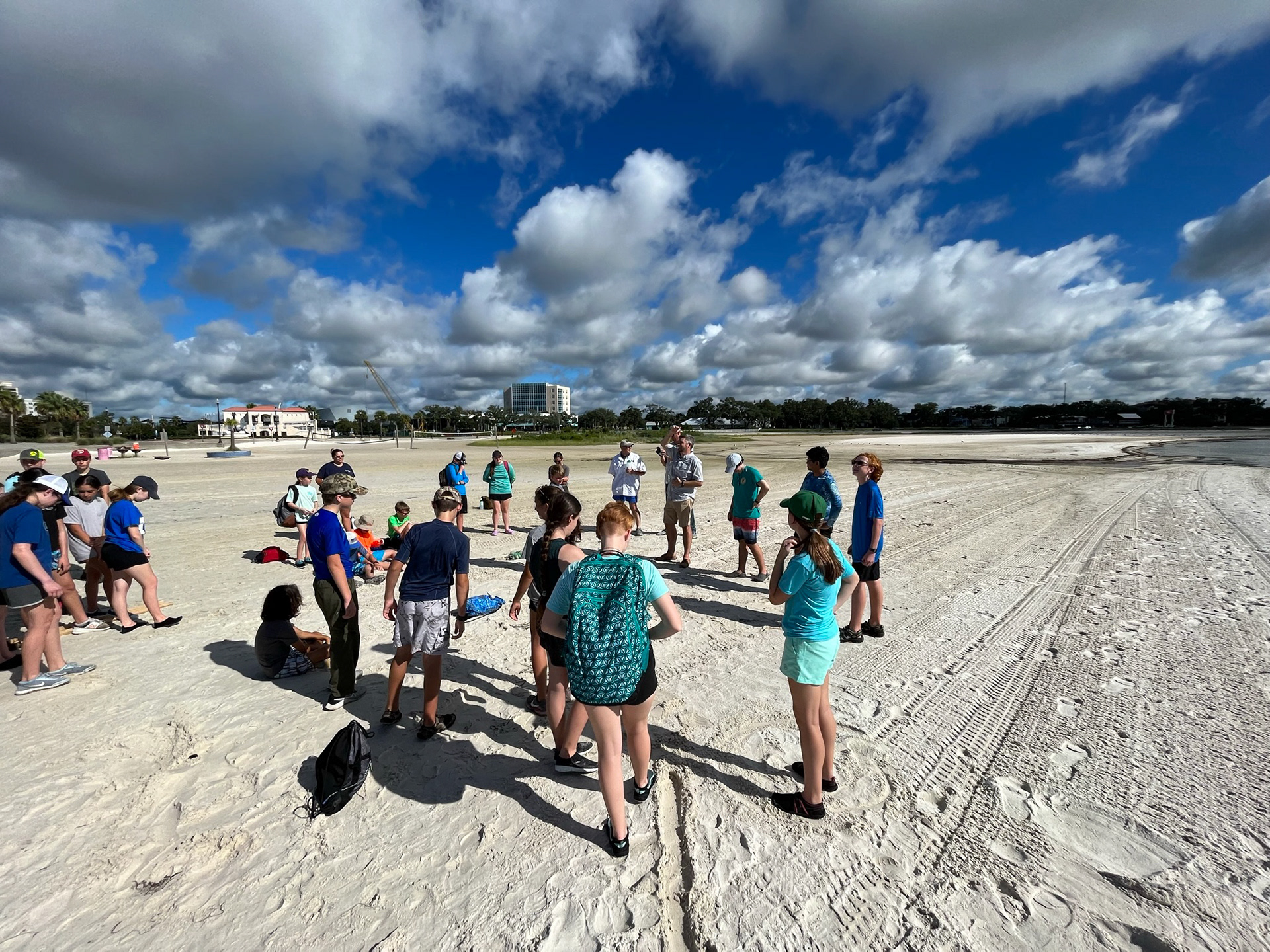Fort Gaines a third system masonry fort located on Dauphin Island, Alabama on the western point of Mobile Bay. The fort was named for General E.P. Gaines, Construction was approved and began in 1821 and was completed by the onset of the Civil War in 1861.
During the battle of Mobile Bay in August of 1864, a U.S. Naval fleet under the command of David G. Farragut, with assistance provided by an infantry and artillery force, attacked the much smaller Confederate Navy fleet under the command of Franklin Buchanan in addition to attacking the two forts guarding the mouth of Mobile Bay. It is here that he stated his famous quote, "Damn the torpedoes, full speed ahead!". The Confederate States Ship (CSS) Selma was quickly damaged and captured, while the CSS Gaines was sunk. Fort Gaines on the opposite side of Mobile Bay was also captured.
Farragut's successful high speed run through a minefield (at the time referred to as "torpedoes") claimed a single ironclad warship. This passage enabled his fleet to get inside Mobile Bay and beyond the range of the guns of Forst Gaines and Fort Morgan. Once inside the Bay, the ensuing naval battle reduced the remaining Confederate fleet tasked with protecting Mobile to a single ship, the CSS Ironclad "Tennessee".
The CSS Tennessee engaged the entire U.S. fleet alone, with her heavy armor enabling her to inflict extensive damage on the U.S. ships, however, she could not overcome the superior numbers of U.S. ships and was eventually damaged to the point that she was also forced to surrender.
With no Naval support, the remaining Confederate positions in the bay fell within weeks. This battles outcome provided complete control of the port of Mobile Bay to the Union forces.
The city of Mobile was the last major Confederate port on the Gulf of Mexico, so its closure was a key final step in completing the blockade of Confederate supplies and an important factor in ending the war.
In 1898 the fort was further modified following the onset of the Spanish-American conflict with the addition of three modern 6-inch disappearing naval guns and three rapid fire 3-inch naval guns. The more modern concrete gun mounts and hardened ammunition magazines were added to the easterly walls at this time.
The bastions are connected to the courtyard through arched tunnels as seen in the images, which also provided access to the gun ports and defensive positions in the outer walls.
The fort also served in World War I with a Coastal Artillery unit manning the disappearing guns, and as aircraft began to play a pivotal role in conflict, it became an anti-aircraft gunnery school.







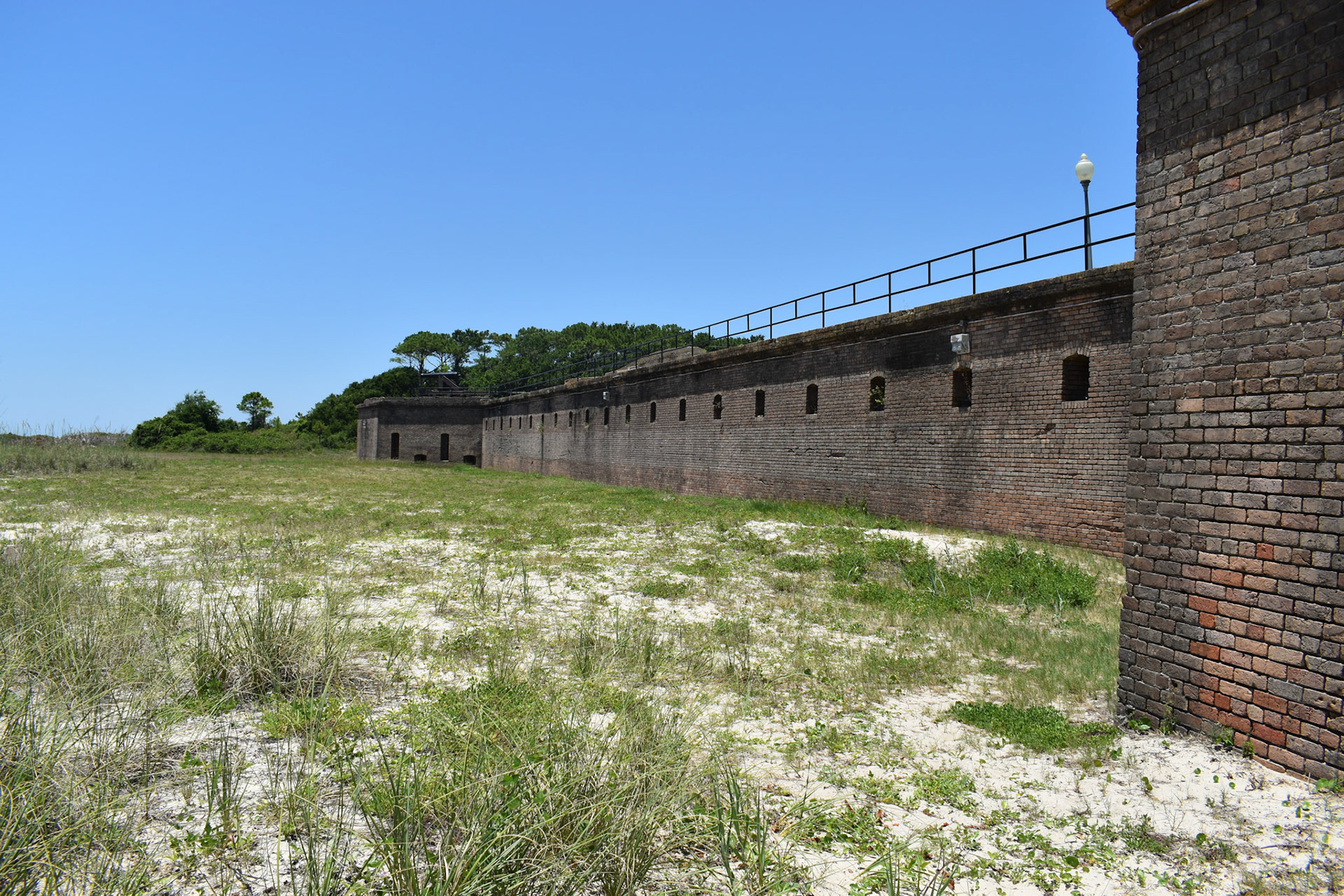




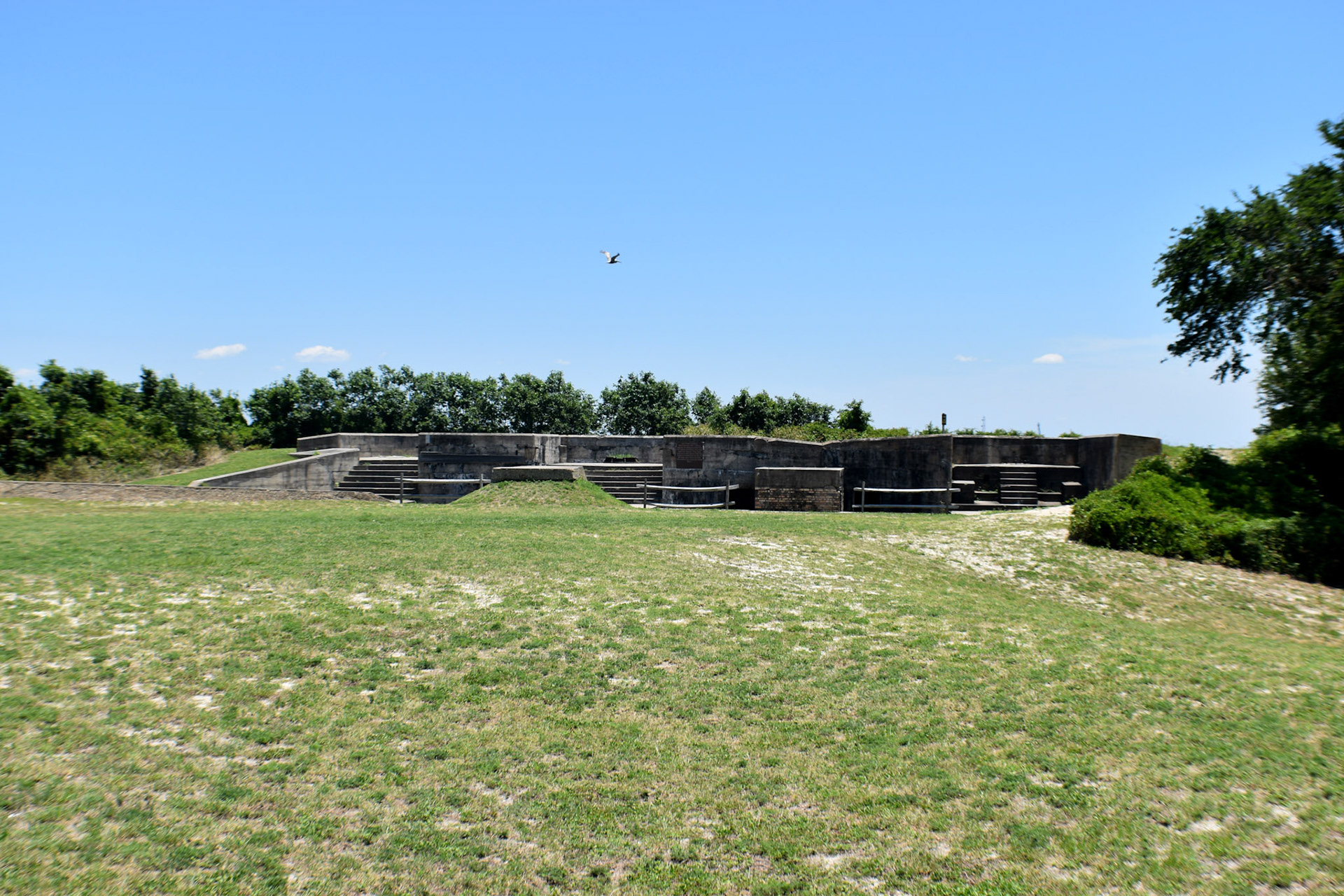









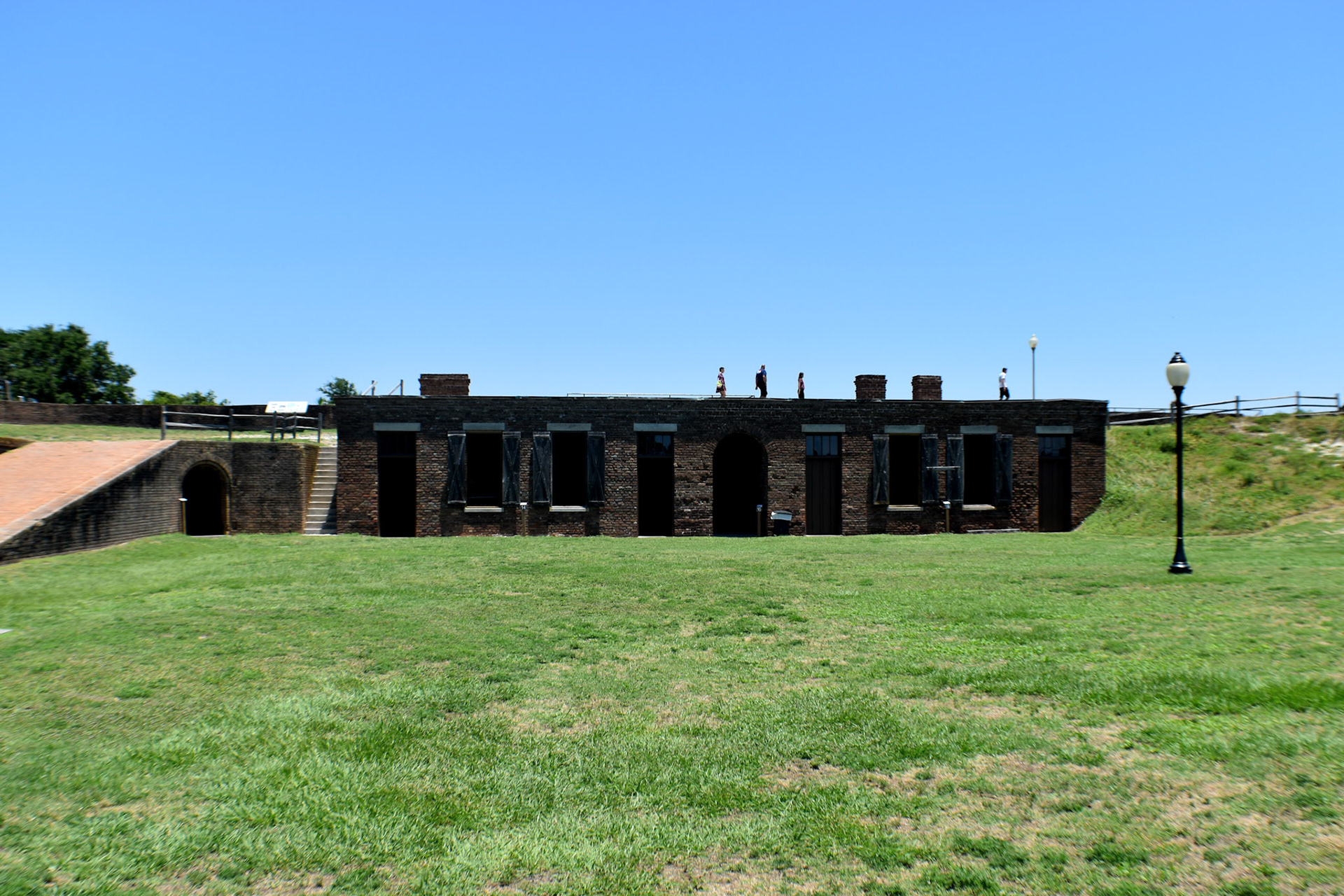





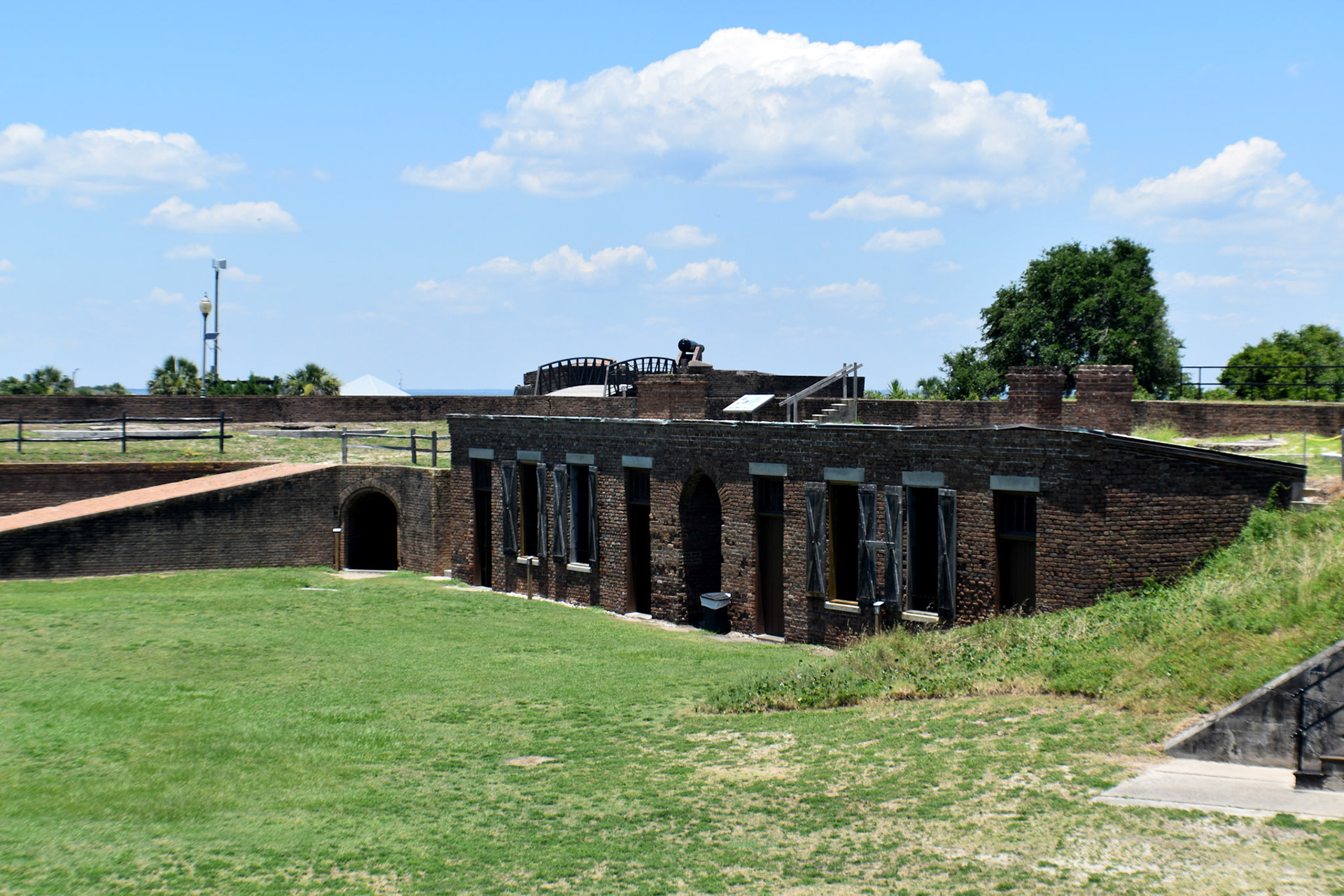

Anchor of Farragut's U.S.S. Hartford



Modern, Hardened Magazine



Modern, Hardened Magazine
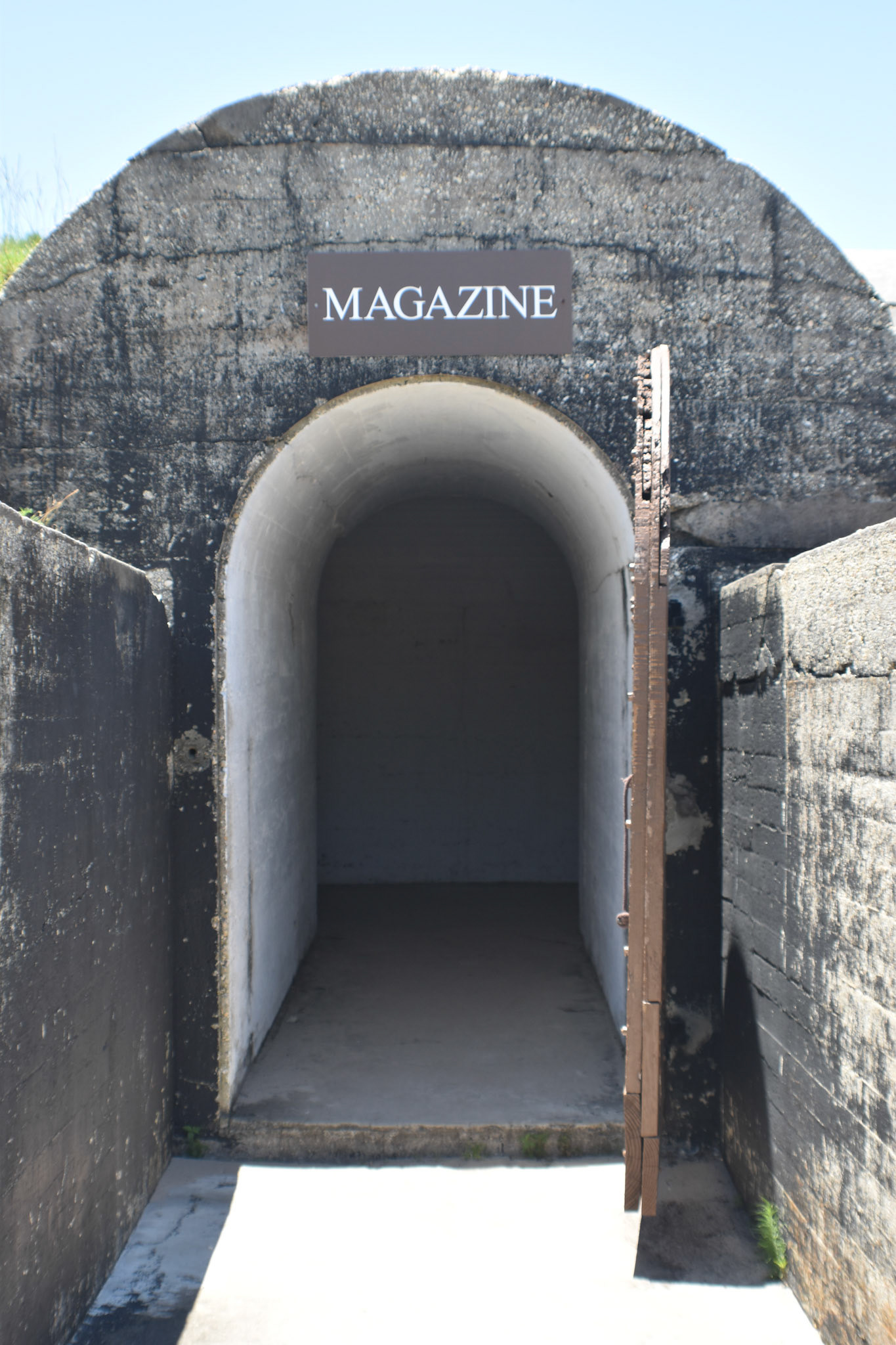
Modern, Hardened Magazine


Disappearing Gun Emplacement

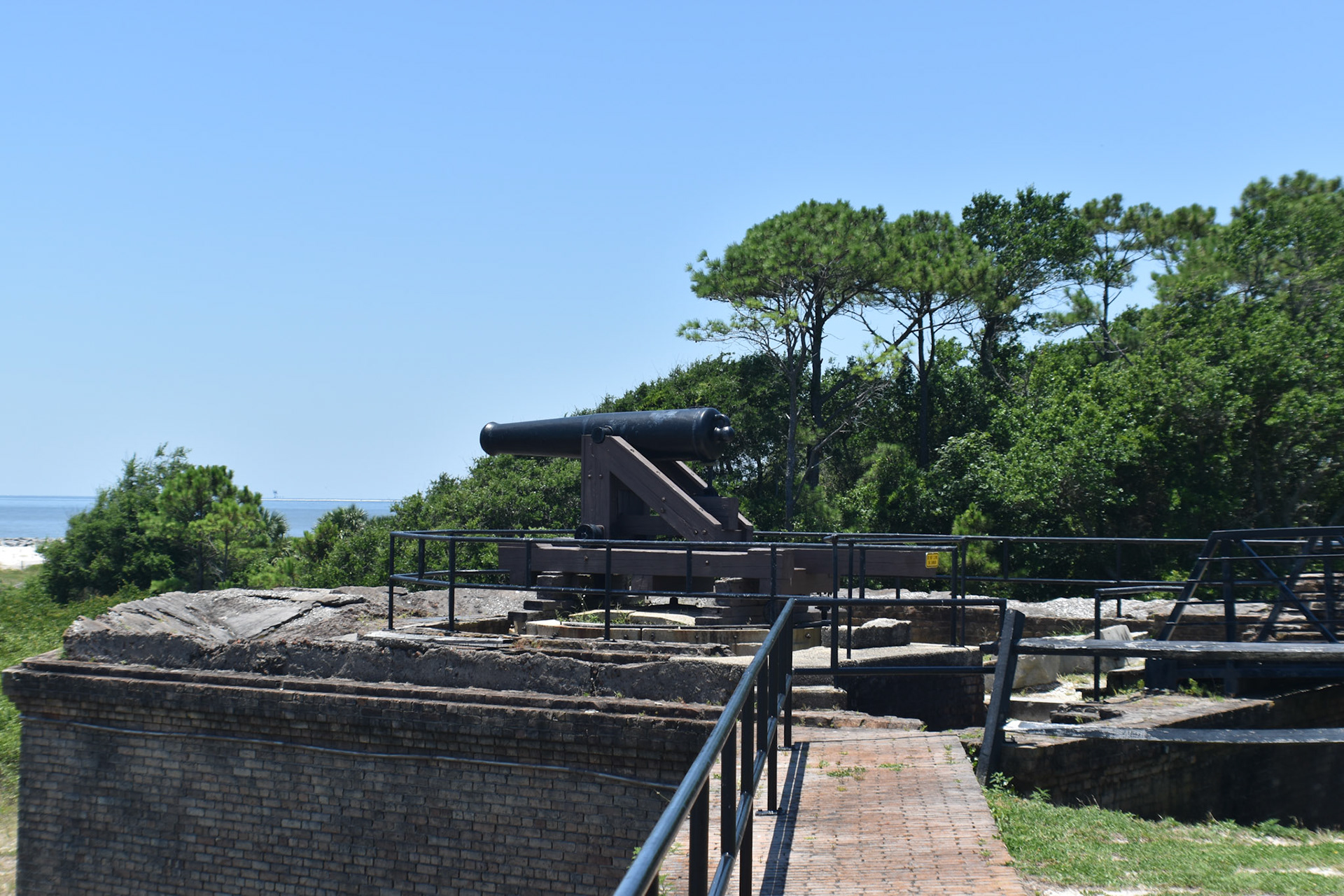



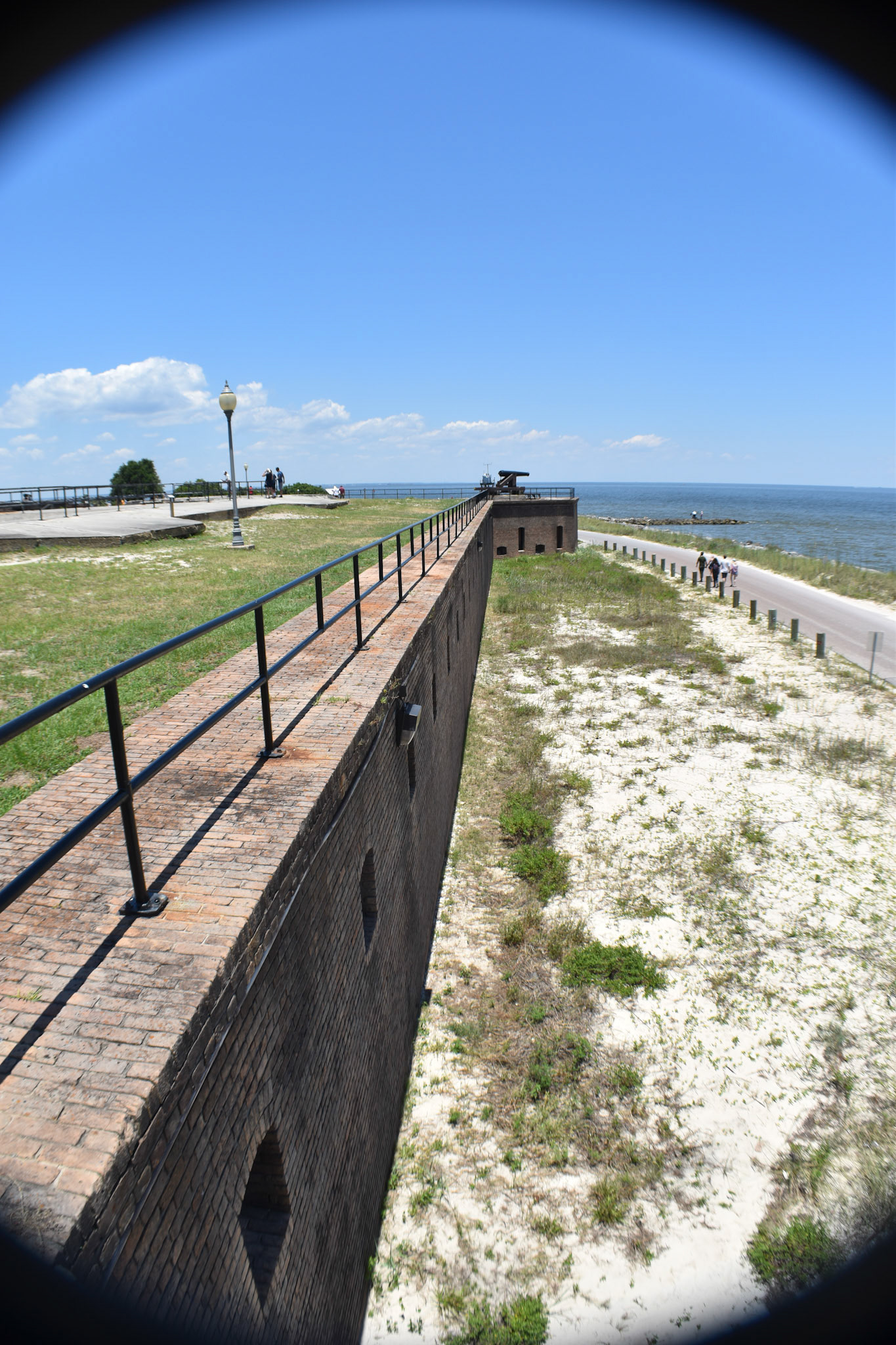

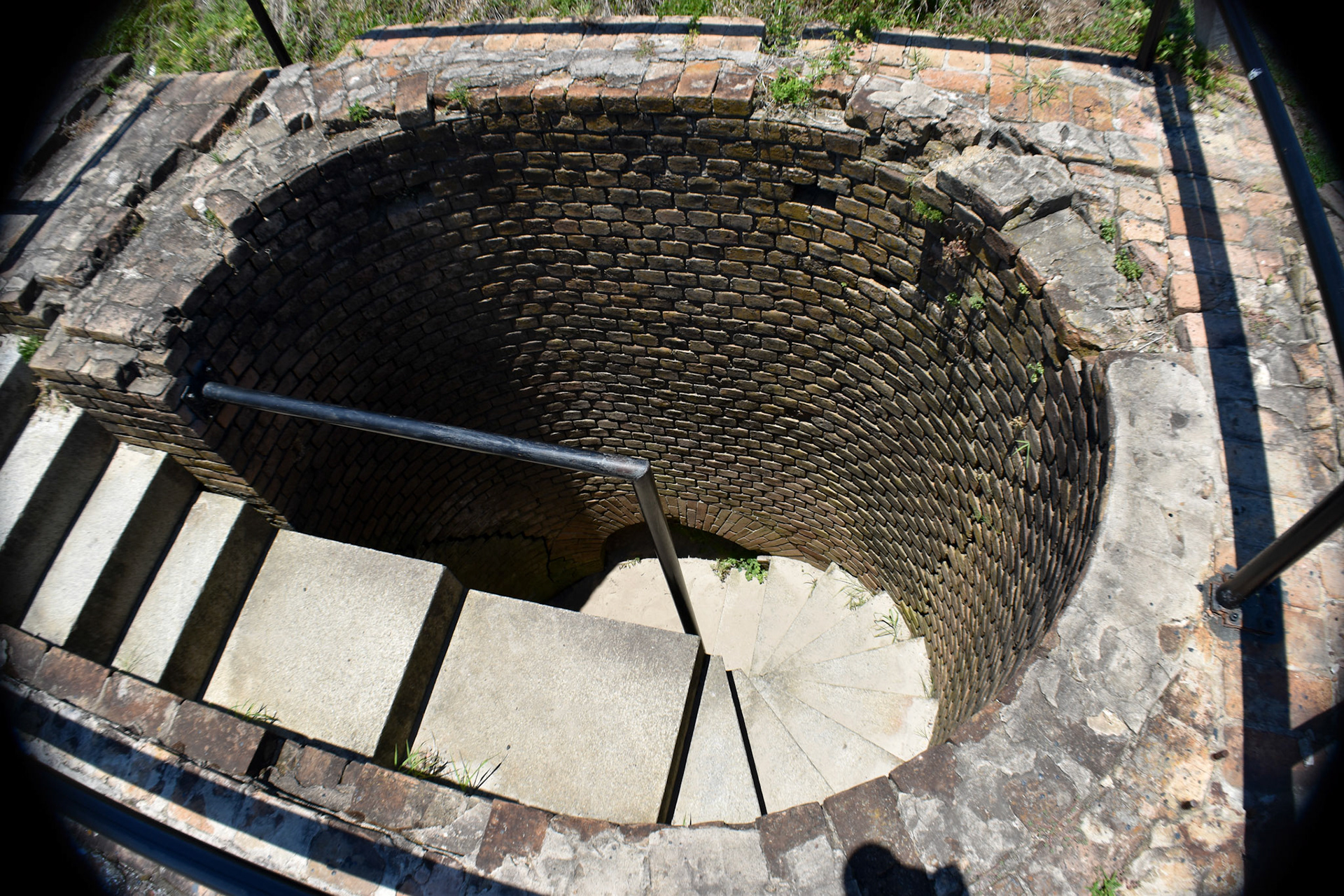




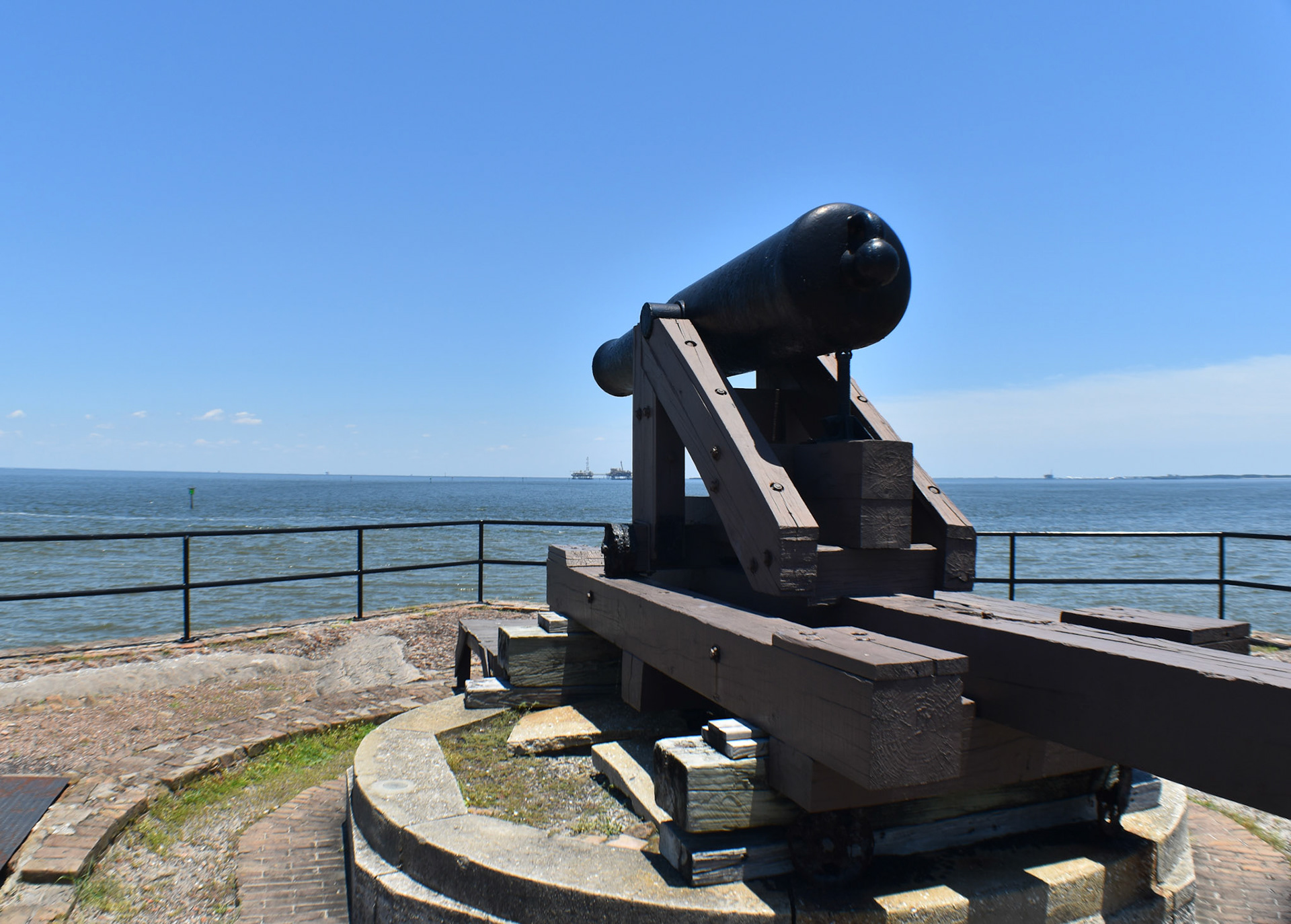





Central Arched Brickwork

Arched tunnels between gun emplacements


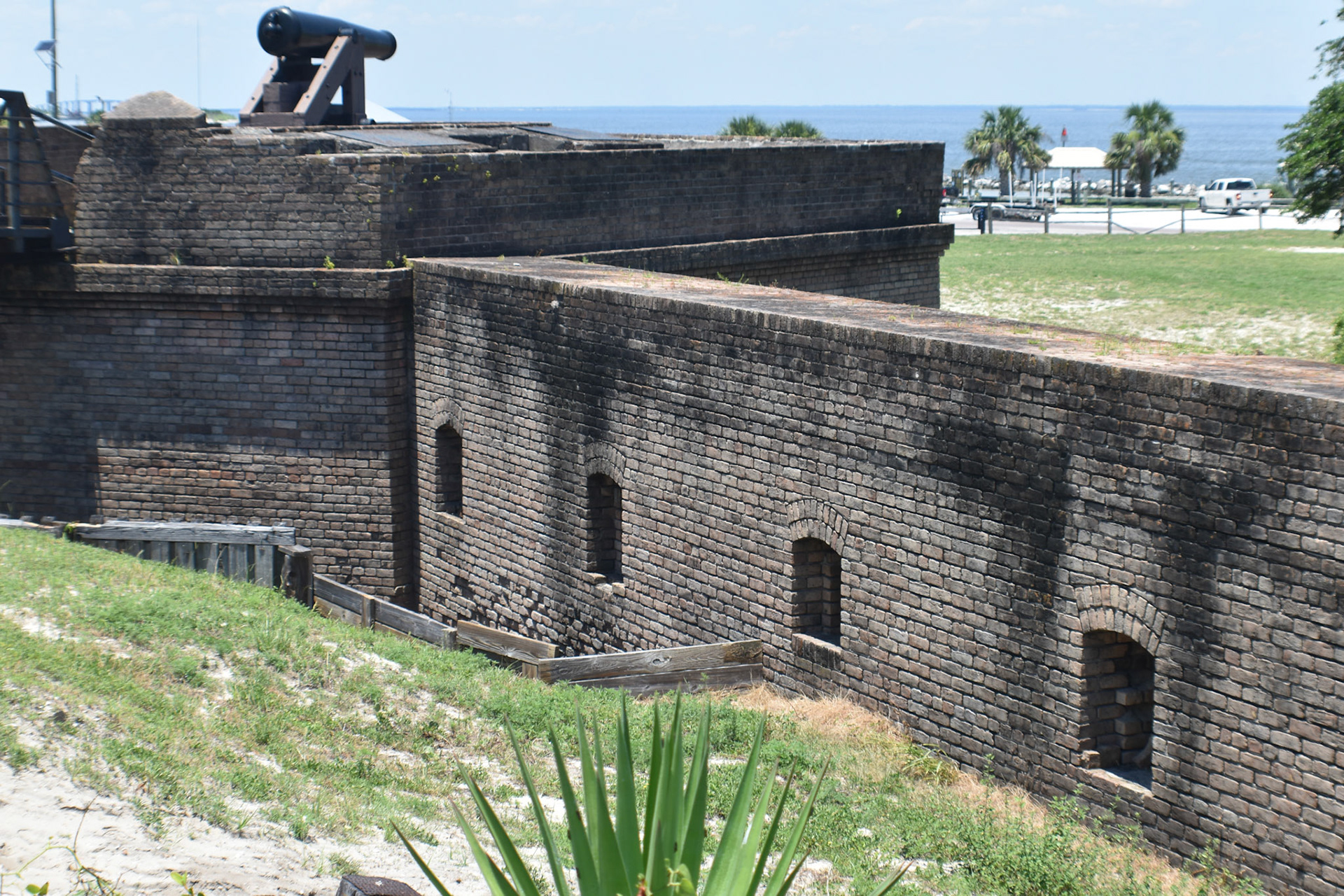

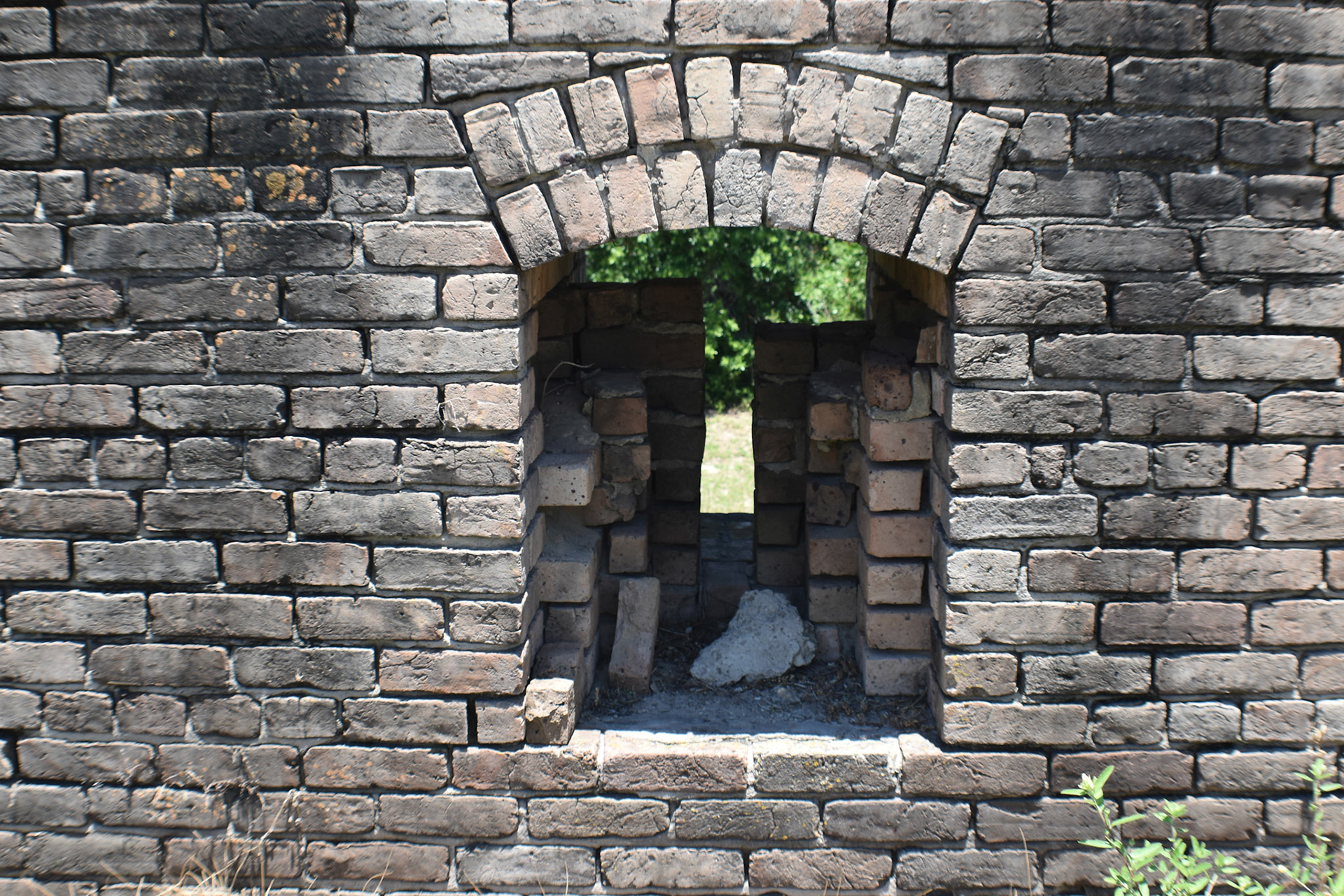
Rifle Port

Parade Ground

Arched tunnels between gun emplacements


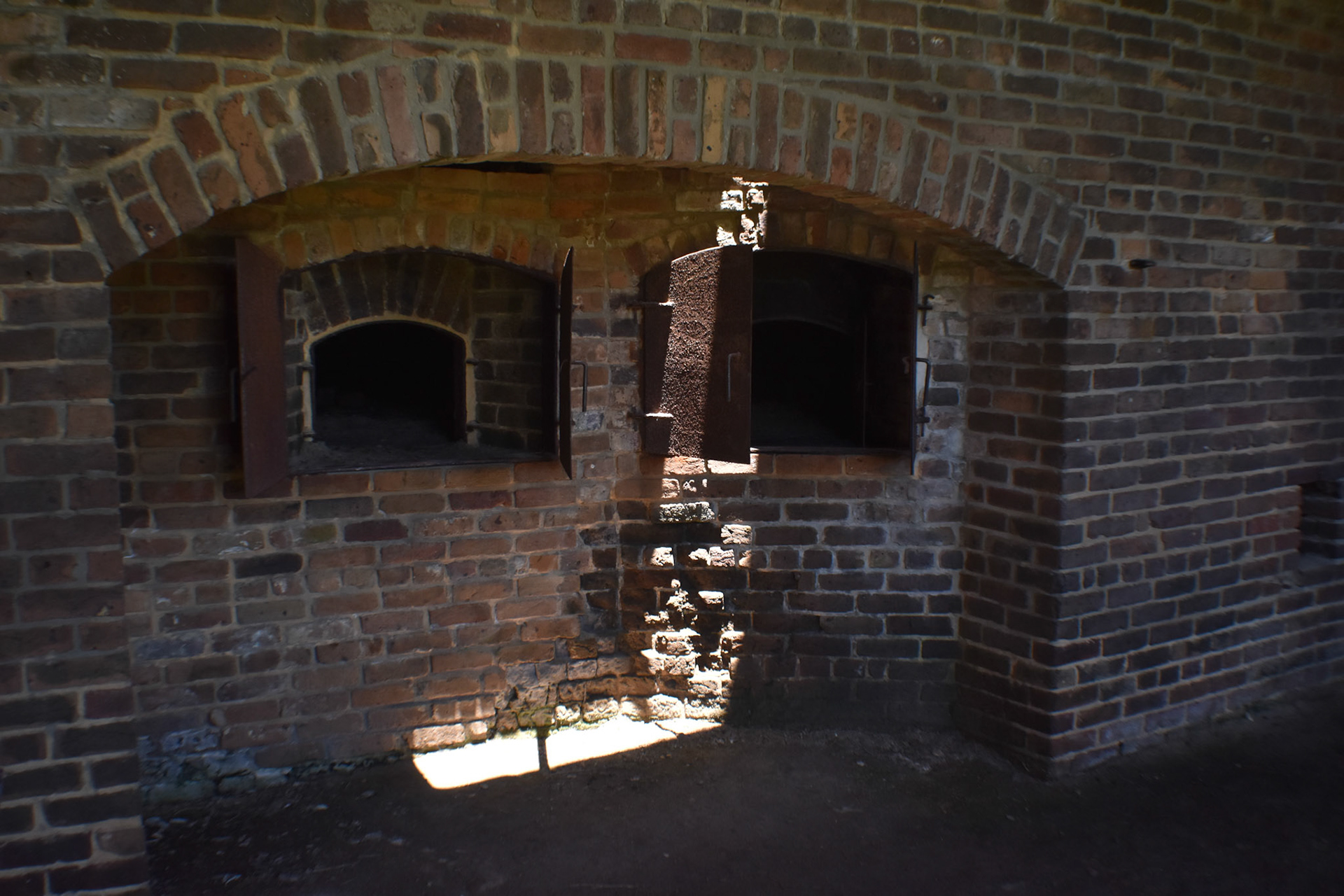
Ovens



Latrines flushed by tidal outlet
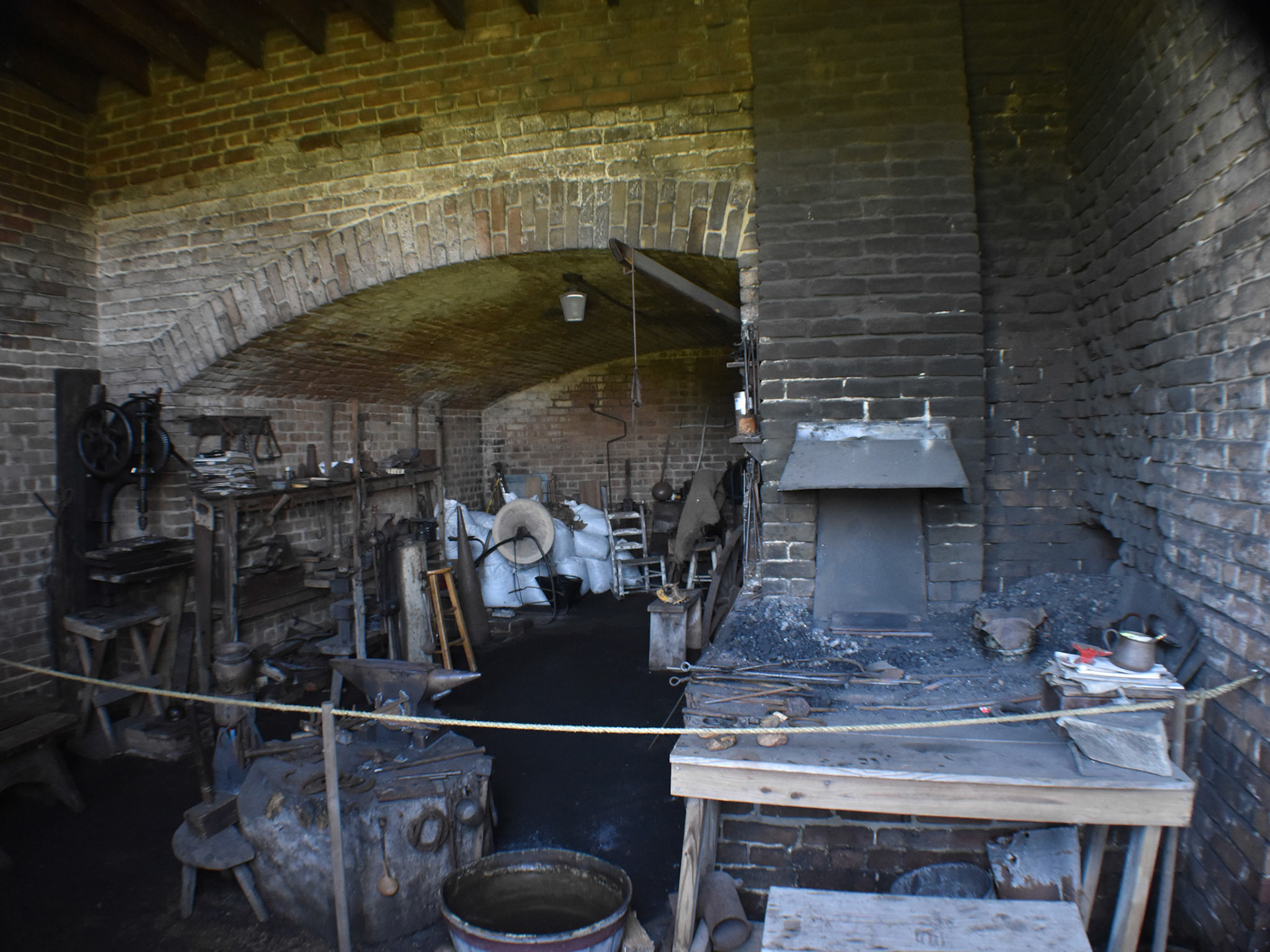
Blacksmith Shop
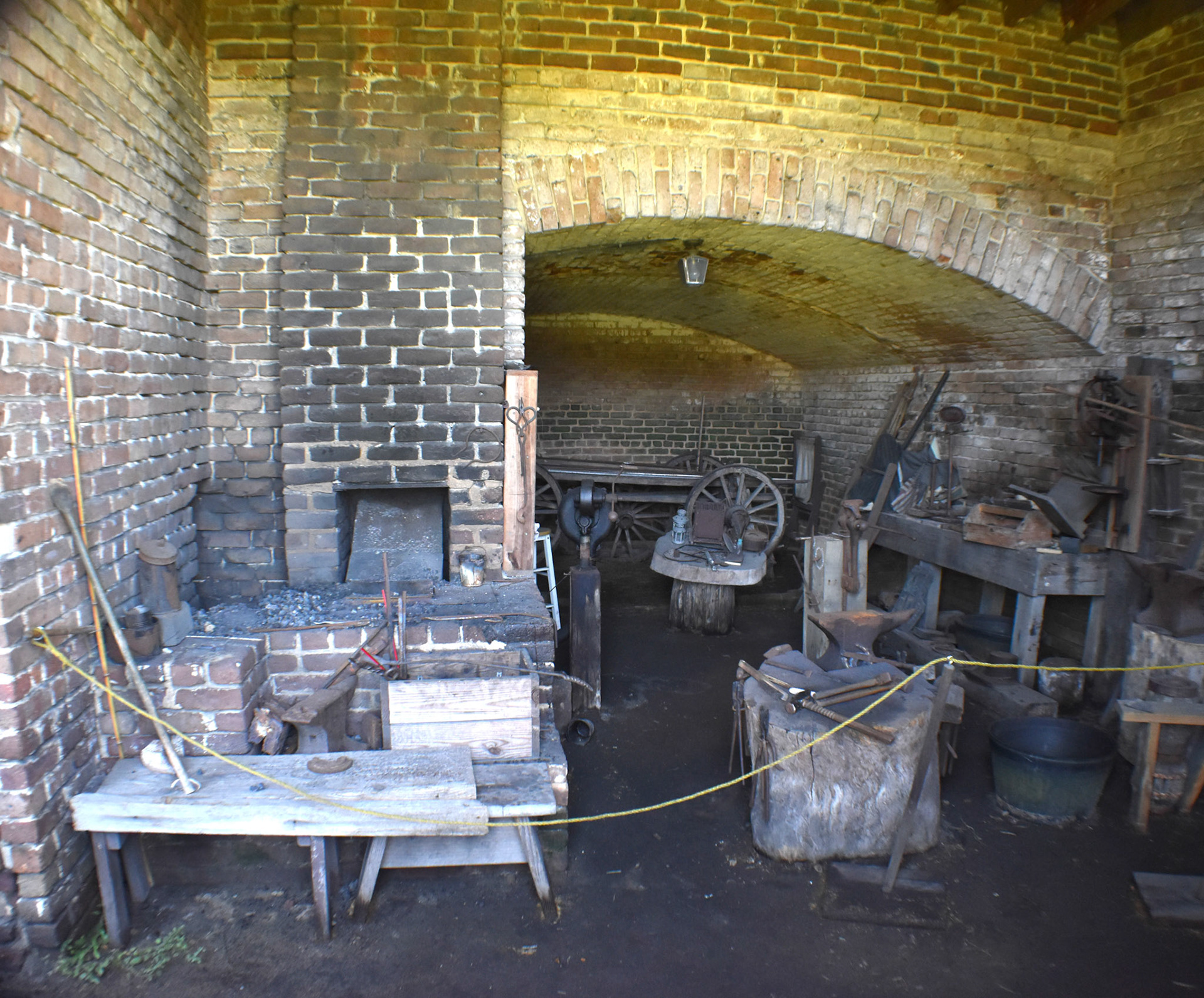
Blacksmith Shop

Gate


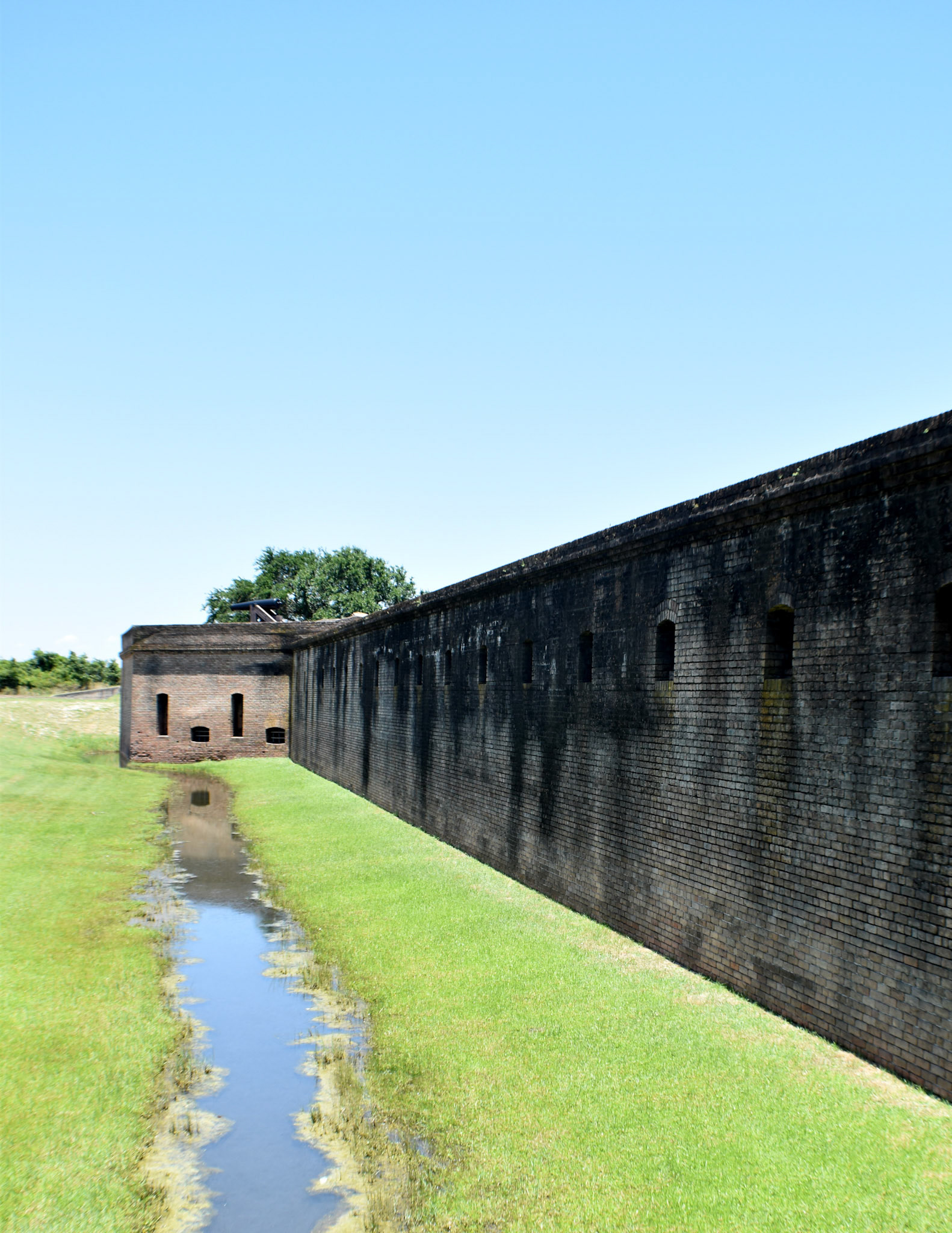
Keel of an Unknown Sailing Vessel, which washed ashore on the Fort's Beach during Hurricane Katrina



